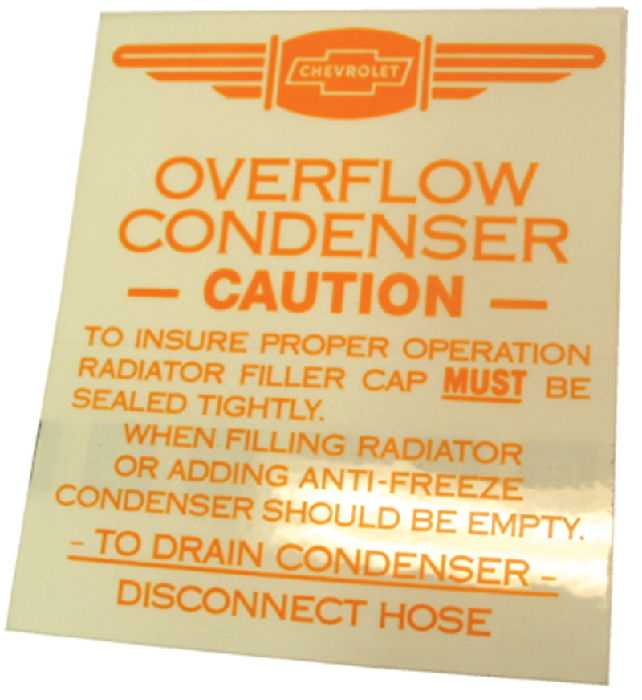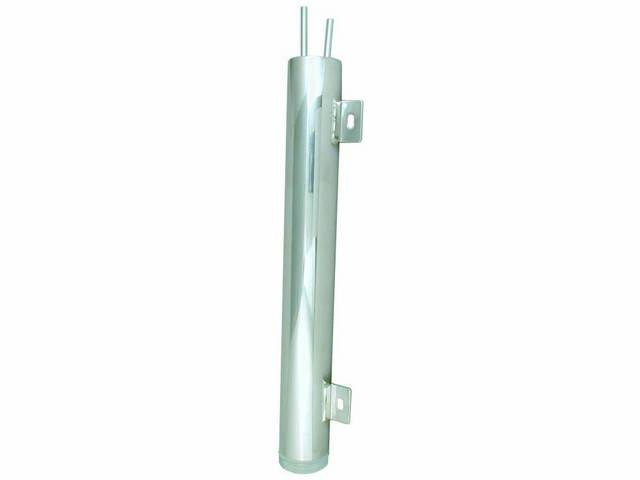

The core is a radiating element, which cools the water.The lower tank is connected to the jacket inlet through the water pump.The upper tank is connected to the water outlet or outlets from the engine jacket by a hose pipe, and.It consists of an upper tank and a lower tank and between them a core. Read also: Types of Cooling System In Engine. radiator, the clogging of any passage results in a loss but of a small part of the total cooling surface. Because of its appearance, the cellular type usually is known as a honeycomb radiator, especially when the cells in front are hexagonal in form. The core is composed of a large number of individual air cells which are surrounded by water. In cellular type core, air passes through the tubes and the water flows in the spaces between them. In a tubular radiator, because the water passes through all the tubes, if one tube becomes clogged, the cooling effect of the entire tube is lost. Air passes around the outside of the tubes, between the fins, absorbing heat from the water in passing. Fins are placed around the tubes to improve heat transfer.
#Radiator overflow tank series
In tubular type core, the upper and lower tanks are connected by a series of tubes through which water passes.

The various sections of the radiators are almost completely joined by soldering. Radiators are usually made of copper and brass because of their high heat conductivity. In other, the water flows horizontally from an input tank on one side to another tank on the other side-cross flow type radiator. In some, the water flows from top to bottom-down flow type radiator. Radiators are classified according to the direction of the water flow through them. They also used in piston-engined aircraft, Railway, locomotives, motorcycles, stationary generating plants and other places where such engines are used. The radiator has a wide range of application in automobile industries there are mainly used to cool the internal combustion engine in the automobile. The radiators are heat exchangers used to transfer thermal energy from one medium to another for the purpose of cooling and heating.Ī radiator is a device consisting of a large amount of cooling surface which contains large amounts of air so that it spreads through the water to cool efficiently. In this article, we’ll discuss Radiators, Radiator types and Radiator working. Then the car will return to normal operating temperature.Today we’ll discuss the cooling system of your vehicle and how it works, the cooling system in your vehicle consists of the Water pump, Radiator, Cooling fans as well as Thermostat. Since there is no cool water around it, the motor will rapidly rise in temperature until the air finds its way to the top of the system and exits out the radiator cap. That creates an air pocket that quickly heats up. It forces boost pressure out of the cylinder, through the headgasket, and into your coolant passages. I'm pretty sure your HG is not blown because if it was, the car would over heat when you boost. Properly bleed the system and you should be ok. My reservoir cap doesn't fit too tightly anyway so it will come off if I bump it too hard. In turn, it finds its own way out by popping off the little cap. That big burst of air entering the reservoir builds pressure since the vent in reservoir isn't large enough to vent the flow. 9 bar/13psi), the radiator cap spring will open and it will vent out the radiator cap into the coolant reservoir until the air pressure is relieved. Once that air pressure gets over your radiator caps preset amount (usually.

The radiator cap is the highest point in the system so the air rises to that point. Since the coolant level is low, you have a decent amount of air pressure building up under the radiator cap. It really just sounds like your coolant level is low.


 0 kommentar(er)
0 kommentar(er)
